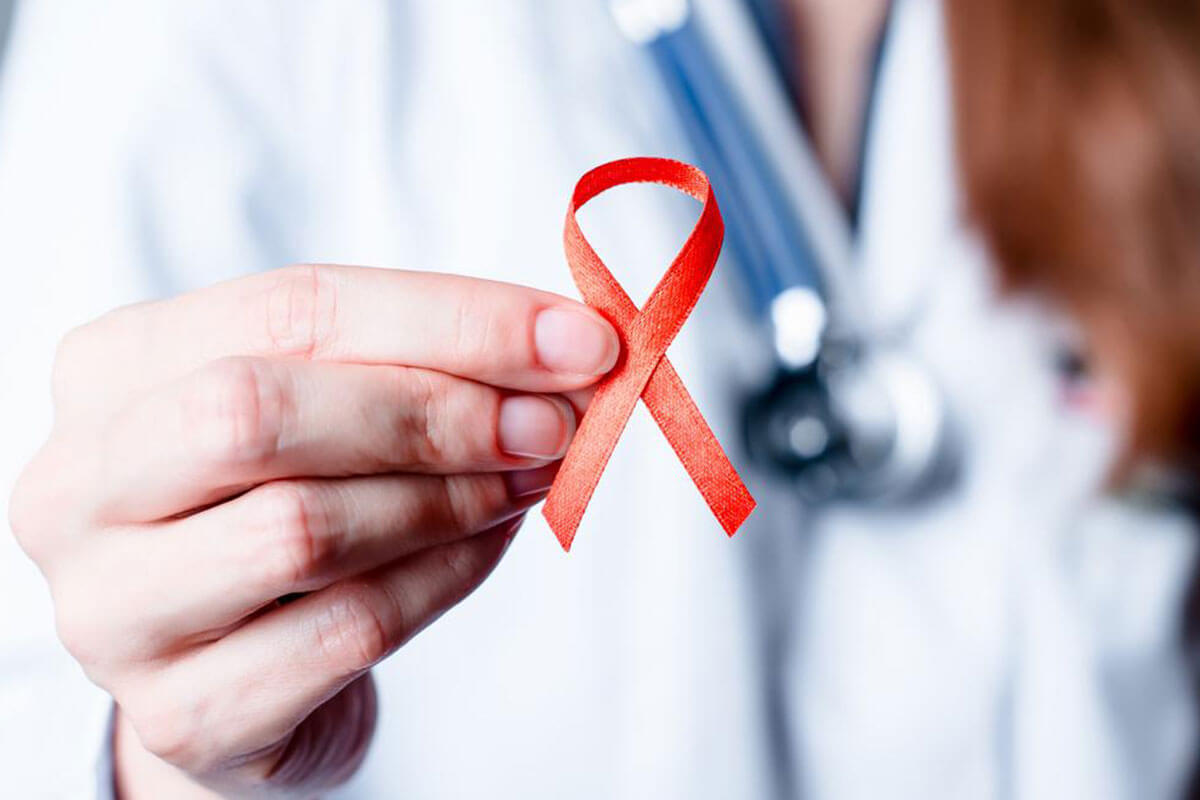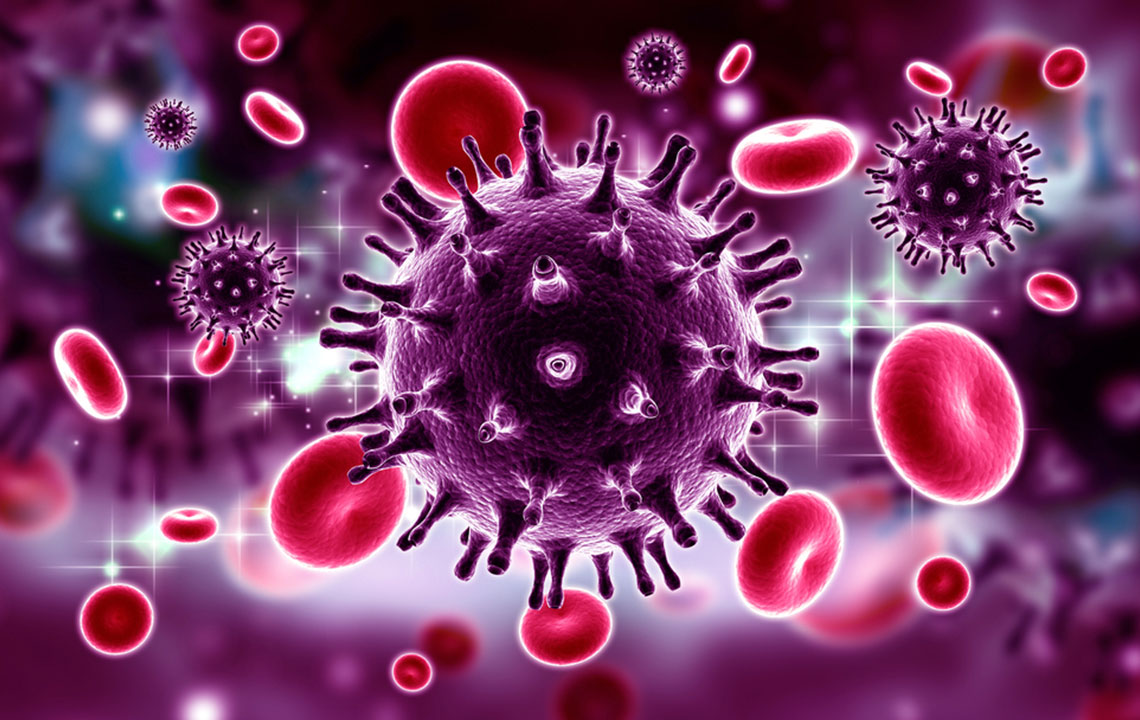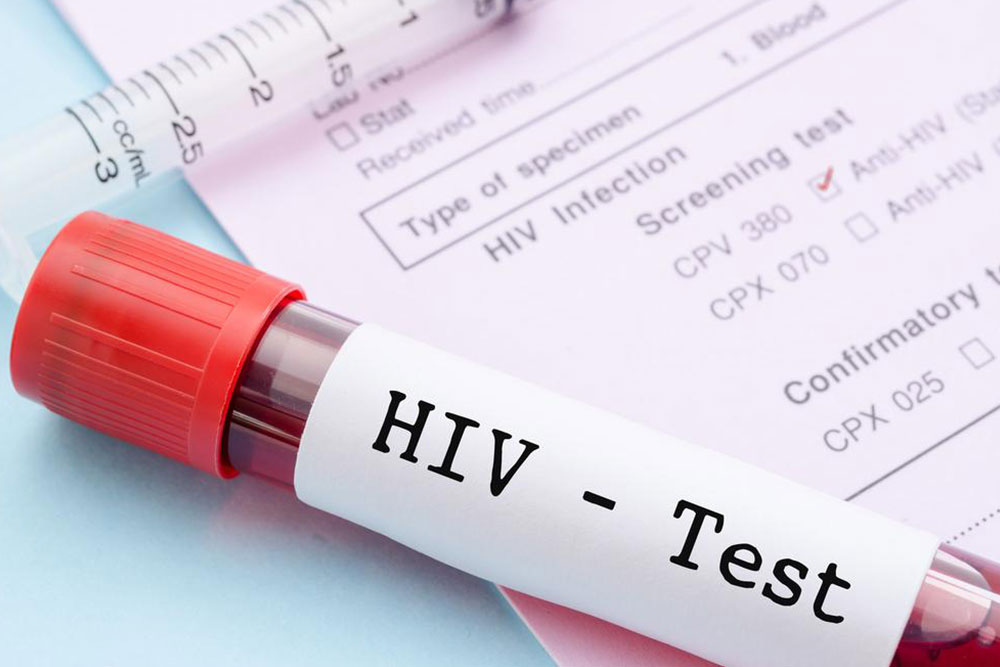Understanding the Difference Between HIV and AIDS
This article explains the key differences between HIV and AIDS, including their definitions, transmission, diagnosis, and management. Understanding these distinctions is vital for awareness and effective treatment. HIV is a virus that attacks the immune system, whereas AIDS is a late-stage condition resulting from prolonged HIV infection, characterized by immune failure and opportunistic infections. Through proper medical care, individuals with HIV can live long, healthy lives without developing AIDS. Early testing and treatment are crucial to controlling the spread and impact of these conditions.

Distinguishing HIV from AIDS
HIV and AIDS are related but distinct conditions. Clarify the differences to better understand their implications.
Many people confuse HIV and AIDS, often using the terms interchangeably. However, these are different medical conditions. HIV is a virus that can lead to AIDS, the final stage of HIV infection. Knowing the difference is crucial for awareness and treatment.
What is HIV?
HIV, or Human Immunodeficiency Virus, is an infectious agent that targets the immune system, particularly the CD4 cells, impairing the body’s ability to fight infections. Unlike many viruses, the immune system struggles to recognize and combat HIV, making it especially insidious. Although there's no cure, HIV can be managed effectively with proper medication, allowing individuals to maintain a healthy life.
What is AIDS?
Acquired Immunodeficiency Syndrome (AIDS) is a condition resulting from the progressive damage caused by HIV. When the immune system becomes significantly weakened, opportunistic infections and certain cancers develop, which characterize AIDS. Symptoms vary among individuals but generally include infections like tuberculosis, pneumonia, and cancers. AIDS signifies a severe compromise of the immune system due to prolonged HIV infection.
Can Someone Have HIV Without Developing AIDS?
Yes, it is possible to have HIV without progressing to AIDS. However, once AIDS has developed, HIV is inherently present. Without treatment, HIV can persist for years or even decades without leading to AIDS, thanks to advancements in antiretroviral therapies. It’s important to note that there is currently no cure for HIV, but it can be effectively controlled.
Is Transmission of HIV Different From AIDS?
HIV transmission occurs through bodily fluids such as blood, semen, and vaginal fluids, mainly via unprotected sex, sharing contaminated needles, or blood transfusions. AIDS, on the other hand, is a condition that develops after HIV infection and cannot be transmitted. Rarely, an HIV-positive mother can transmit the virus to her baby during pregnancy.
How Are HIV and AIDS Diagnosed?
HIV diagnosis is straightforward—blood or saliva tests detect antibodies or antigens generated by the virus, usually within weeks of infection. Detecting AIDS involves measuring the number of CD4 cells in the blood and identifying opportunistic infections. Together, these tests confirm whether HIV has advanced to AIDS, guiding appropriate treatment.
Note:
The information provided aims to educate readers about HIV and AIDS. While based on reliable research, it is not a substitute for professional medical advice. Readers are encouraged to consult healthcare providers for diagnosis and treatment options. The website disclaims responsibility for inaccuracies or differences across sources.










